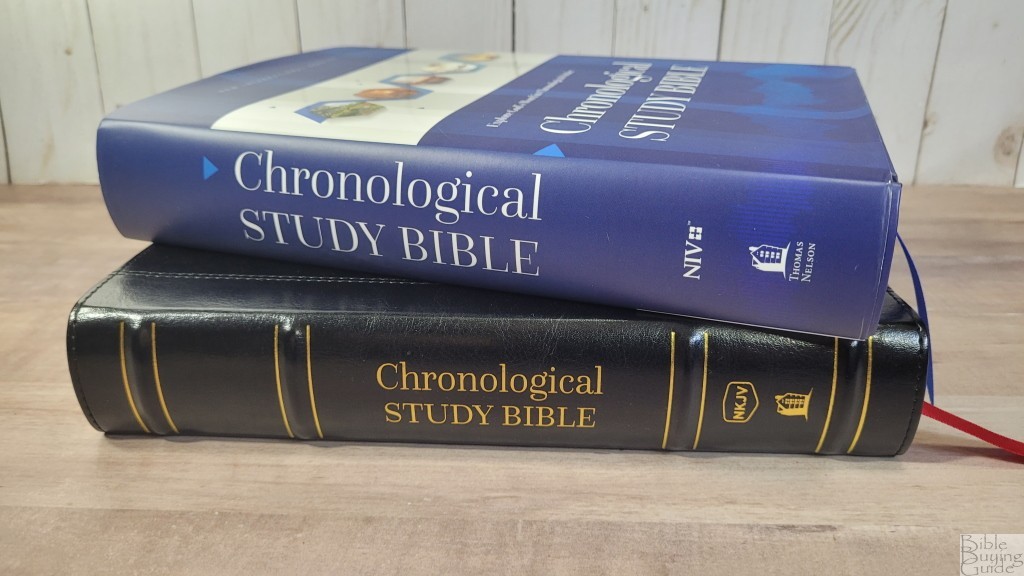
Thomas Nelson’s Chronological Study Bible has been around for several years. It’s now been updated with Comfort Print. It’s also available in several translations and covers. I’m reviewing the NKJV in black Leathersoft and the NIV in hardcover. Both were made in China.
Thomas Nelson provided these Bibles in exchange for an honest review. I was not required to give a positive review, only an honest one. All opinions are my own.
_________________________________________________________
This Bible is available at (includes some affiliate links)
Amazon
–
Christianbook –
and many local Bible bookstores
_________________________________________________________
Table of Contents
- Video Review
- Cover and Binding
- Paper
- Typography
- Epoch Introductions
- Study Material
- Concordance
- Maps
- Conclusion
Video Review
Cover and Binding
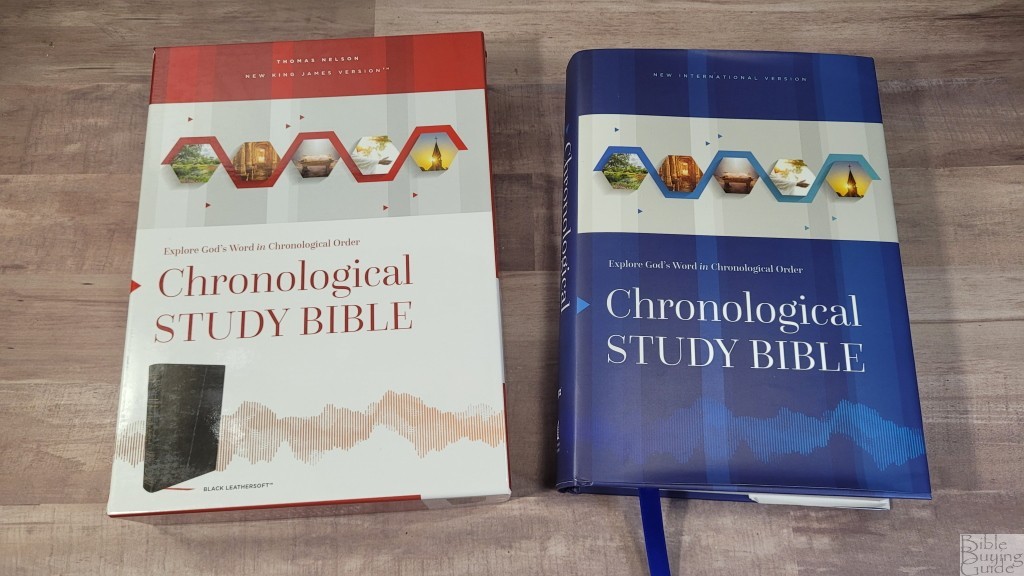
I’m reviewing both hardcover and Leathersoft. Both are sewn and include ribbons.
Hardcover
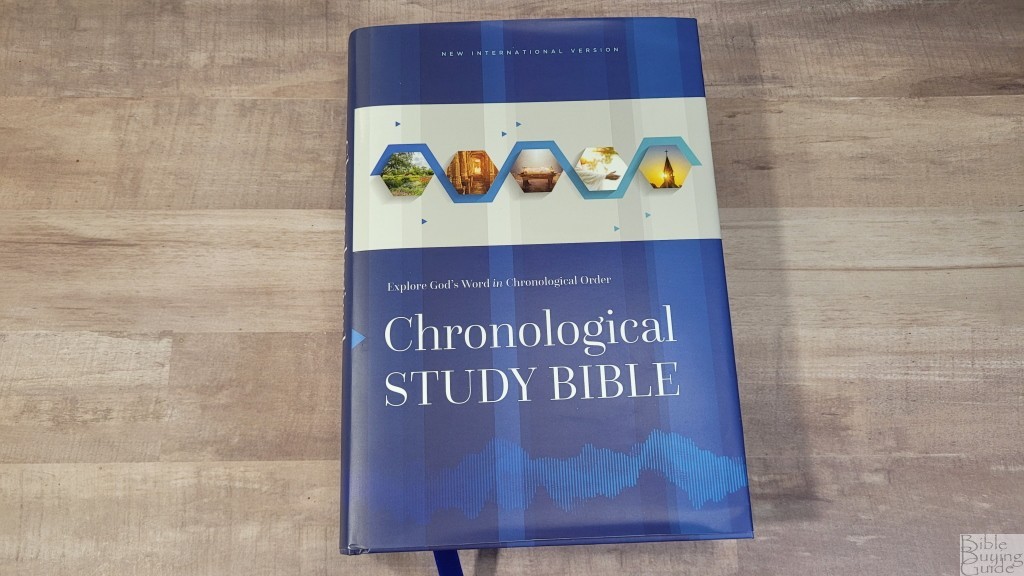
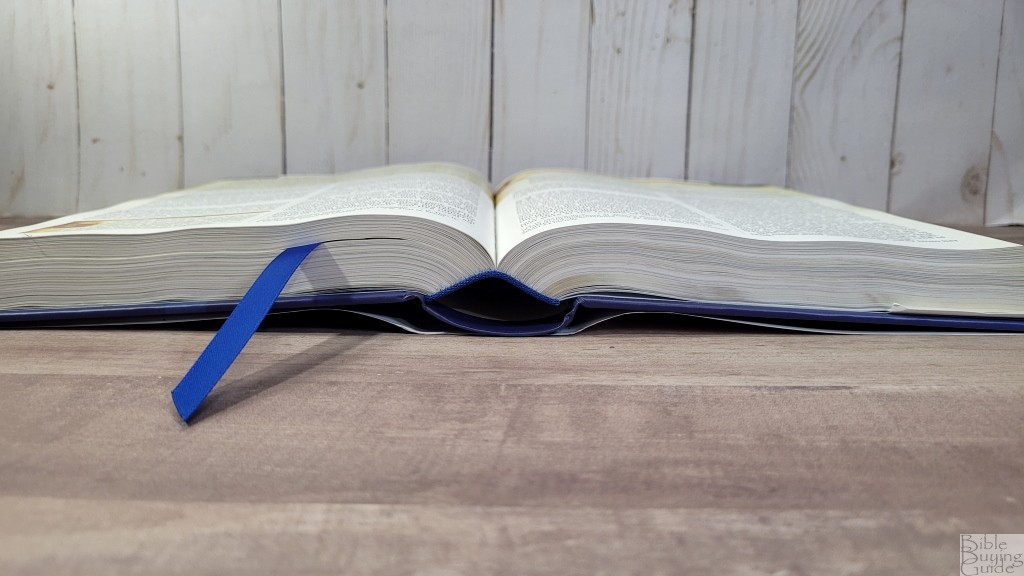
The NIV that I’m reviewing is a hardcover edition. It includes a dust jacket with the sales information. The actual cover includes the same design for the front and spine. The hardcover looks to be reinforced. It has no trouble staying open to any page. The overall size is 6.5 x 9.5 x 1.75″, and it weighs 3 lbs, 3 oz. This one has a blue double-sided satin 3/8″ ribbon.
Leathersoft
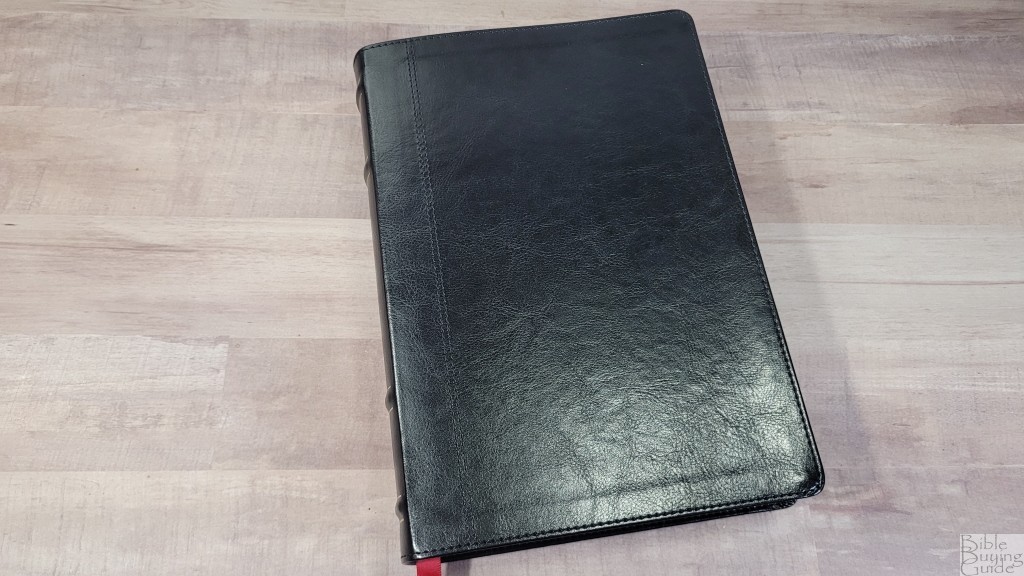
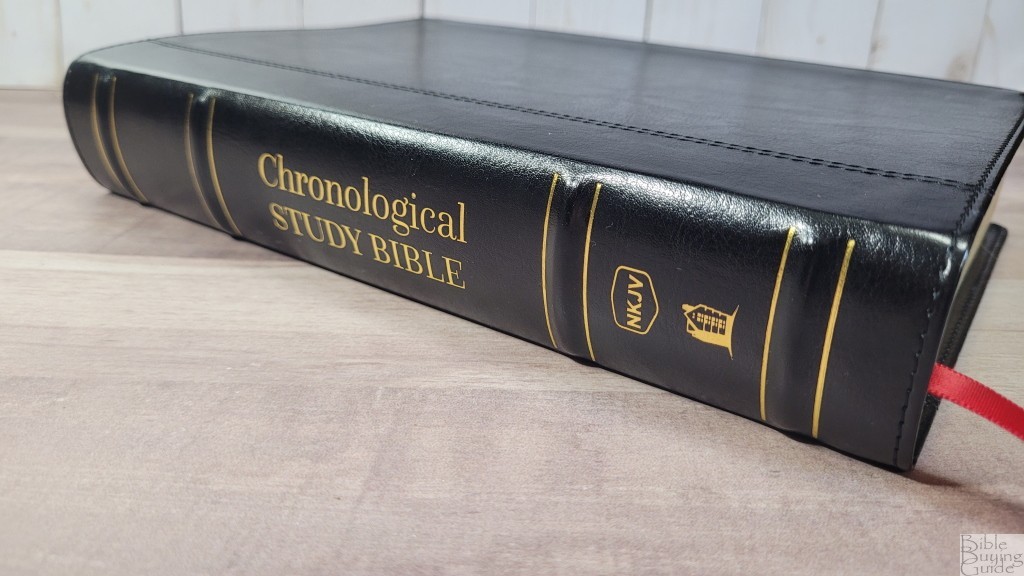
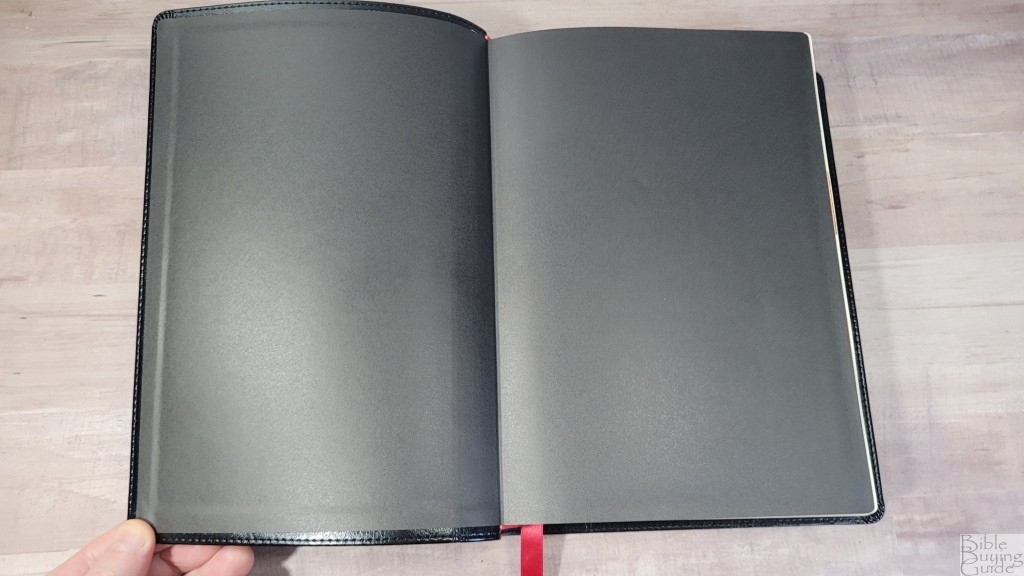
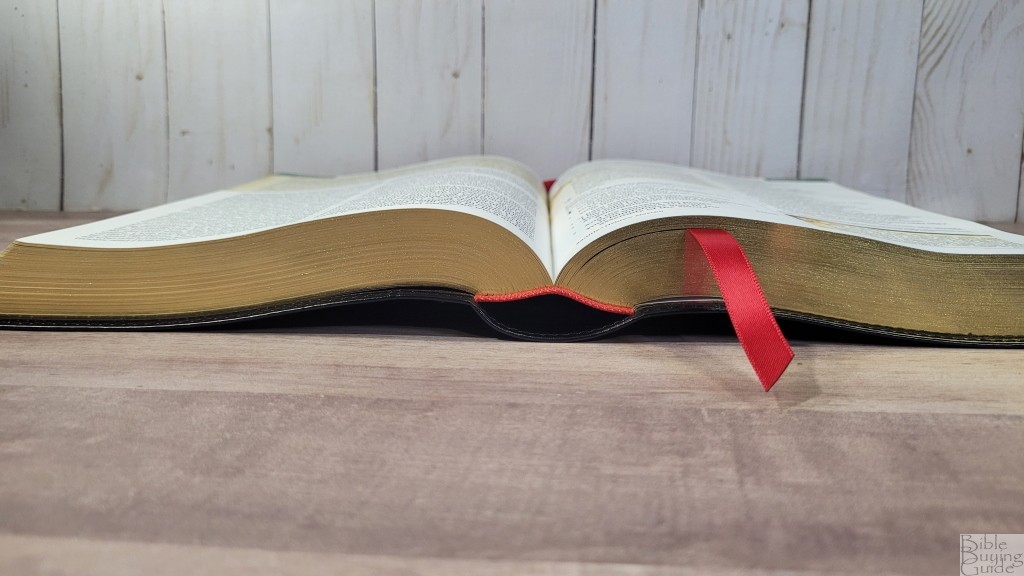
The NKJV that I’m reviewing is black Leathersoft. This one is a lot different than other Leathersoft editions that I’ve reviewed. It includes raised spine hubs, outlined in gold with the text placed horizontally on gold on the spine. The spine is sewn to the front and back. It includes perimeter stitching. The liner is paste-down paper. It includes a red ribbon. The overall size is 6.5 x 9.5 x 1.75″, and it weighs 3 lbs, 1.8 oz. This one has a red double-sided satin 3/8″ ribbon.
Paper

The paper is a coated paper that feels luxurious. It feels better than the 32gsm that Thomas Nelson and Zondervan use in their study Bibles. I’d guess this to be 36gsm, but that’s just a guess. This is excellent paper. It’s white in color, extremely opaque, and takes color well. The edges of the pages and many of the introductions include photos of old paper, giving it the look of an old book. It does have a touch of glare under certain lighting, but I like this paper a lot. It’s smooth to the touch and still easy to turn. The NKJV version includes 8 lined Bible pages in the back for notes. This paper has a tinted color to make it look aged. I want a notebook with this paper.
Typography
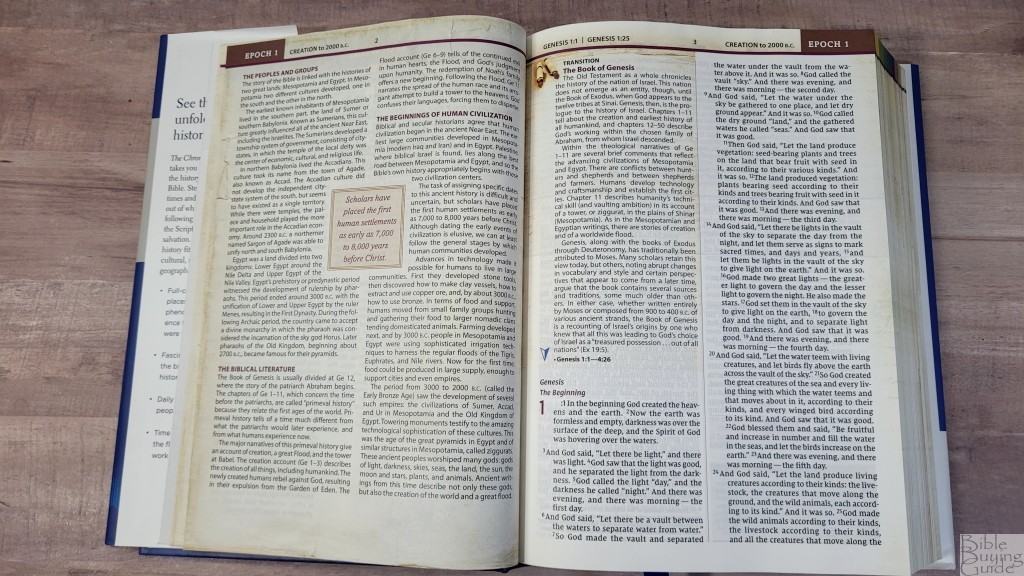
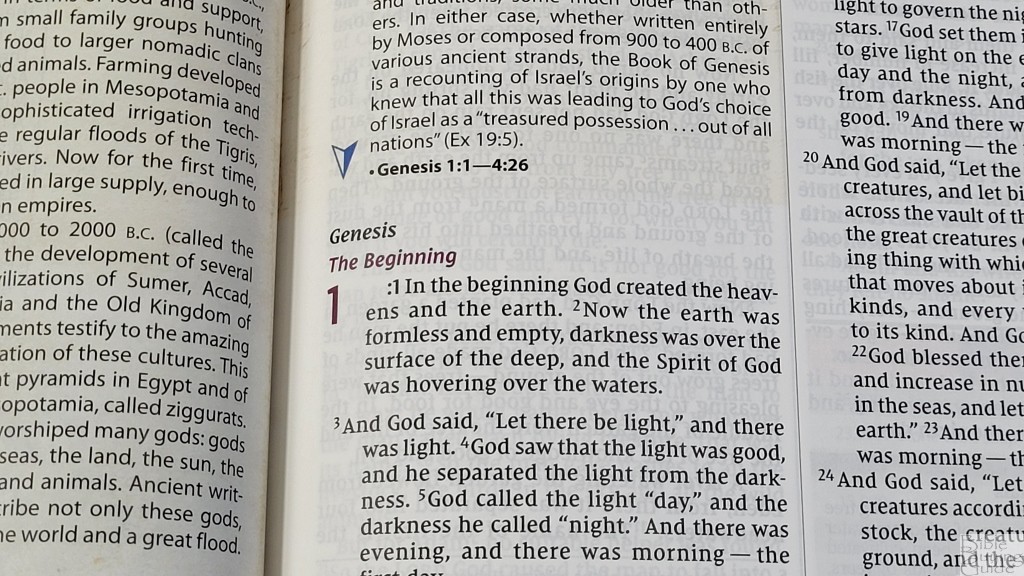
The text is presented chronologically in a double-column, paragraph layout with a poetic setting. Every page is filled with color including graphics, photos, charts, tables, section headings, chapter numbers, and backgrounds for the notes. Notes are placed within the text, at the top of the page, or at the bottom of the page. The header shows the epoch in the outer margin, the page number in the center, and Scripture reference in the inner margin. Translation footnotes are placed within the footer. Section headings and chapter numbers are printed in dark red. Notes are printed with a different background color than the Bible text. I love the colors in this Bible. The text does stand apart from the notes well enough, but the notes can be a touch distracting because of how busy the pages can be.
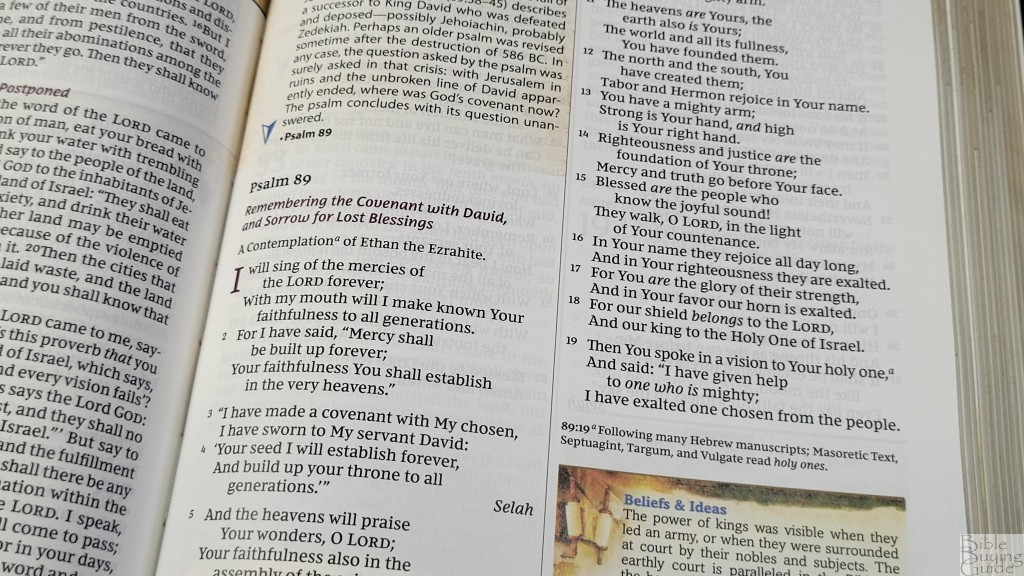
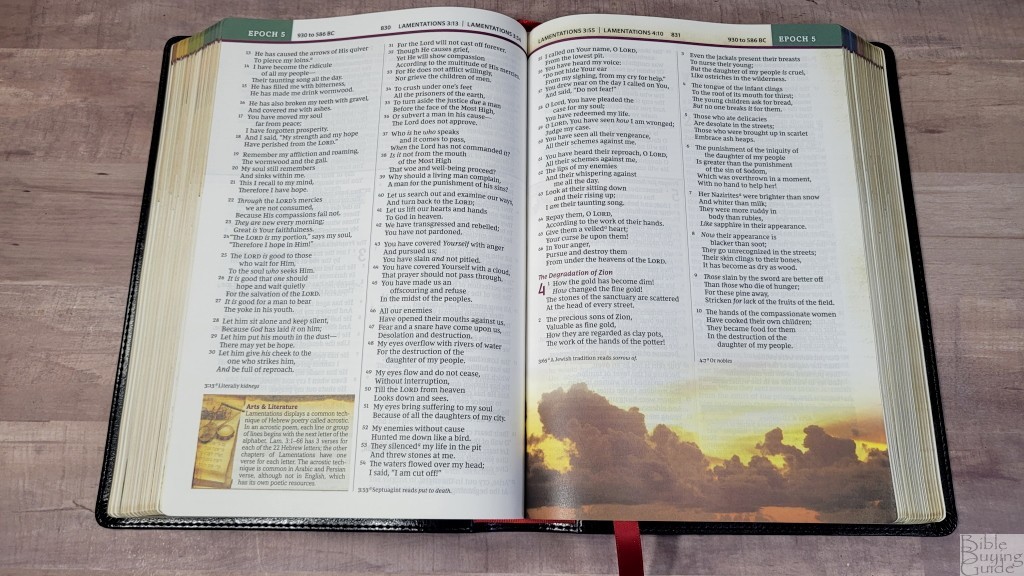
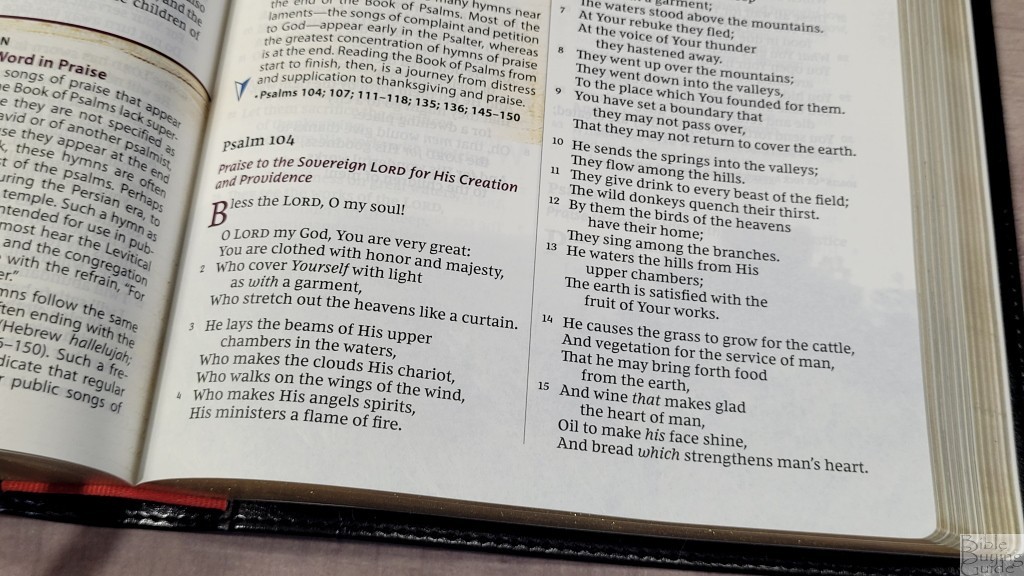
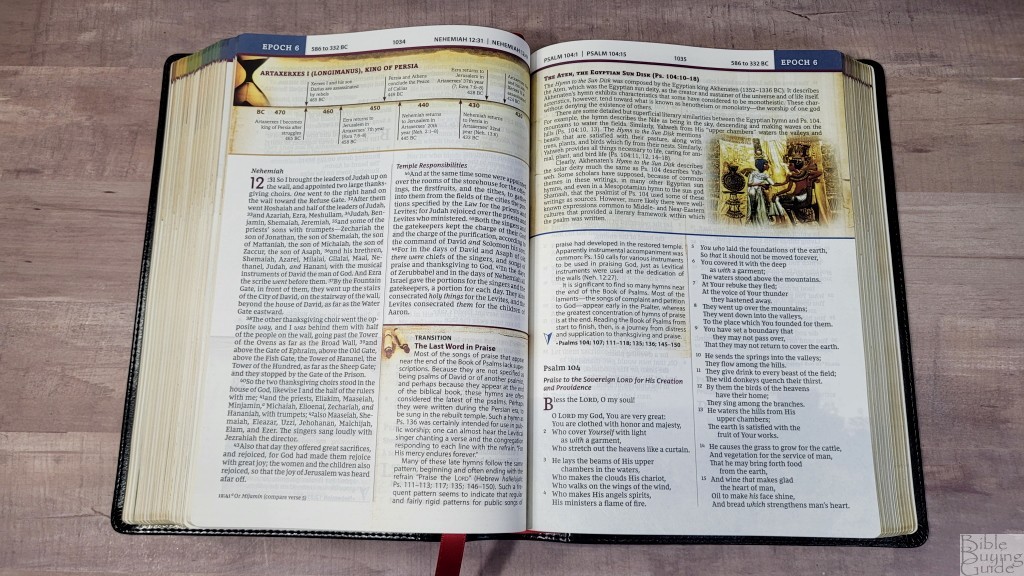


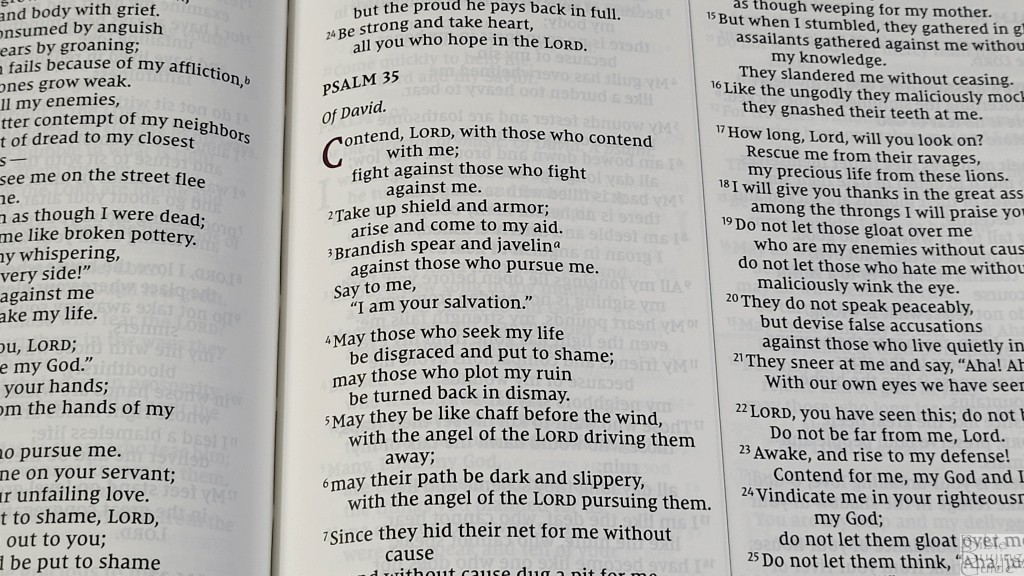
The Comfort Print typeface is a 9.5 font in black letter with around 10 words per line. It’s dark and looks great. Both translations have plenty of space within the text to make it comfortable to read. They’re not printed with line-matching, but the paper is so opaque that it doesn’t matter. Other than verse numbers and footnote keys, the text is clear of distractions. The prose and letters look great in both translations. Poetry looks better in the NKJV. The NIV looks good, but it has more lines with a single word. Poetry in the NKJV is divided with a more balanced structure, so there aren’t many lines with a single word.
Epoch Introductions
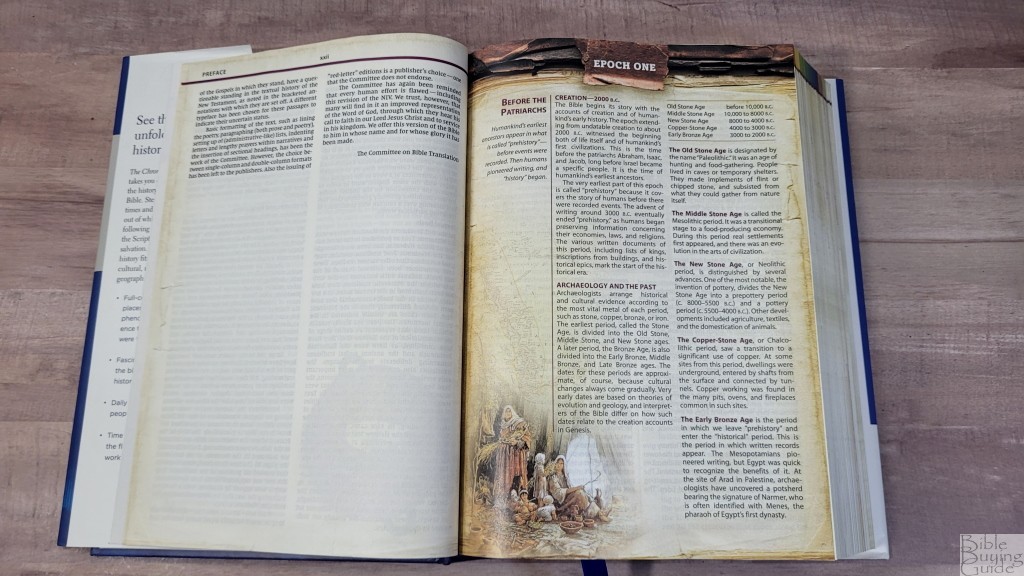
Each epoch includes a detailed introduction with 2-3 pages. They cover the time frame, major events, people, places, archeology, artifacts, etc. They also have photos of artifacts and places, charts, maps, tables, and other information.
Study Material
Both translations include the same study material. It doesn’t have theological commentary on the text. Instead, it has information about the setting. Information includes history, culture, artifacts, etc. They do include some theology.
Epochs – the biblical text is printed chronologically. The timeline is divided into 9 epochs that range from Creation to 100 AD. Each epoch has a detailed introduction. The epoch and date range are printed across the top of the page. Each epoch is a different color, so you can look for the color at the top of the page to quickly turn to any epoch. The chronology follows a coarse timeline rather than a highly detailed timeline. For example, John 1:1 isn’t mentioned until the gospels. It does keep two versions of the same events or sermons together.
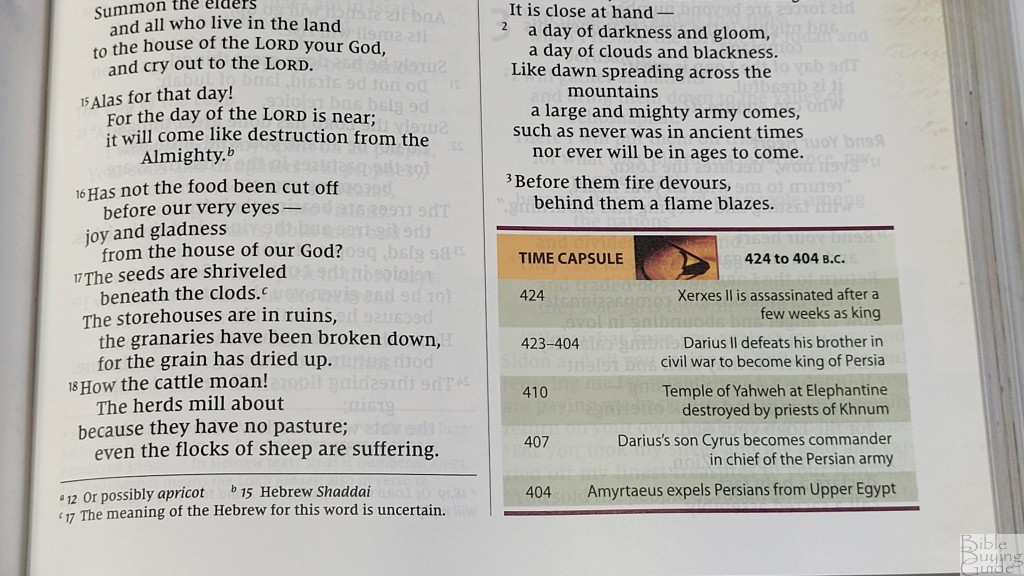
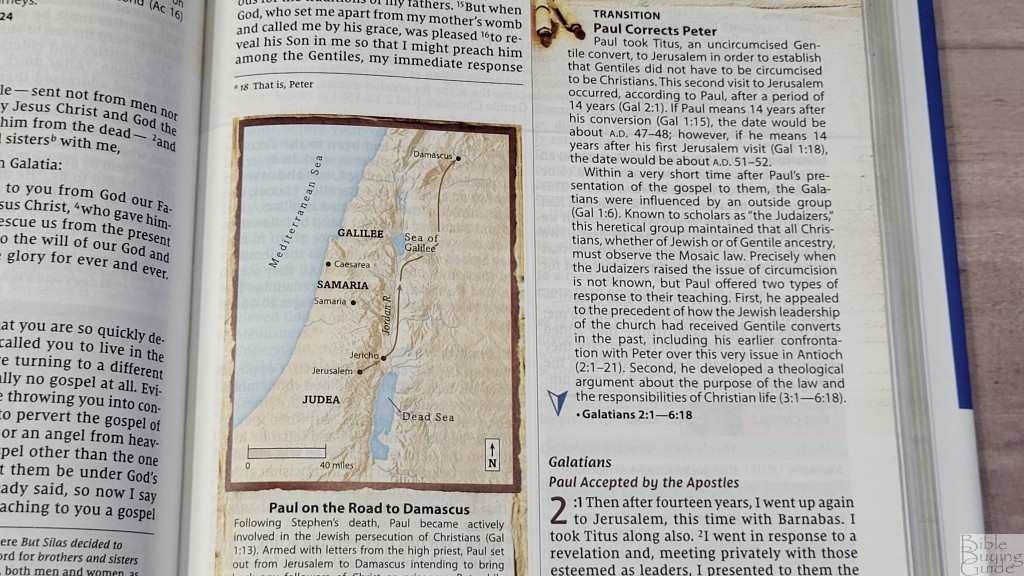
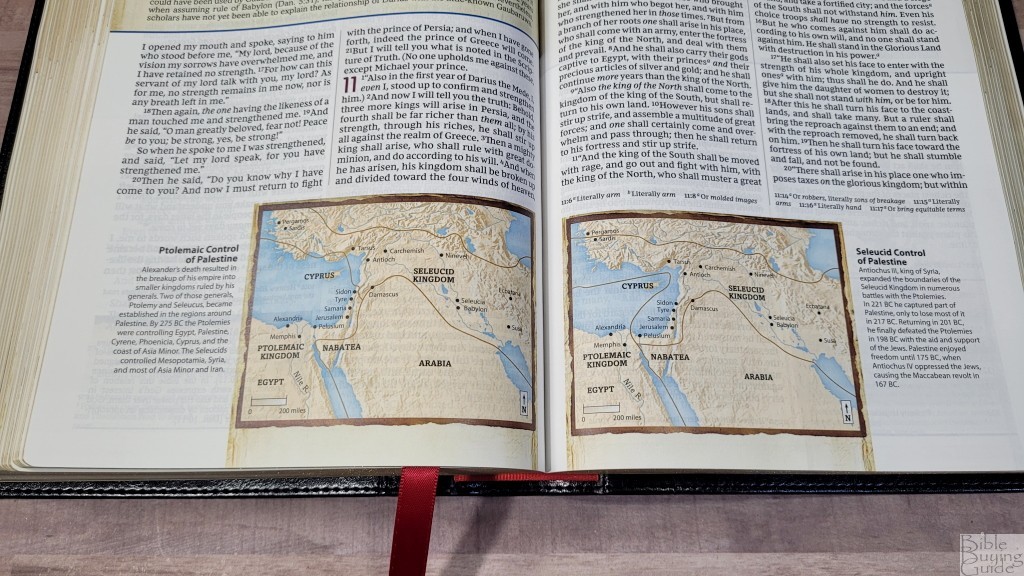
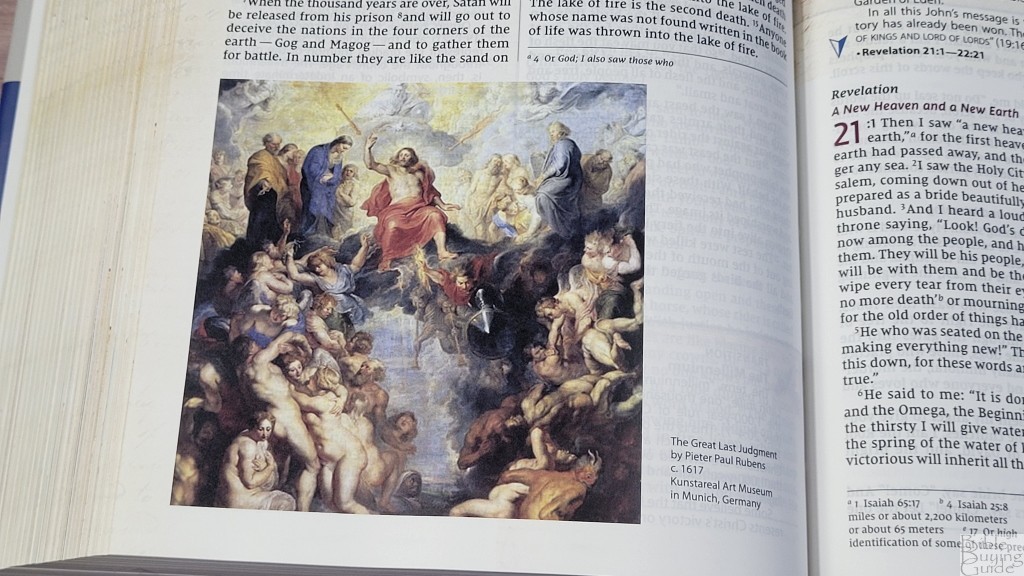
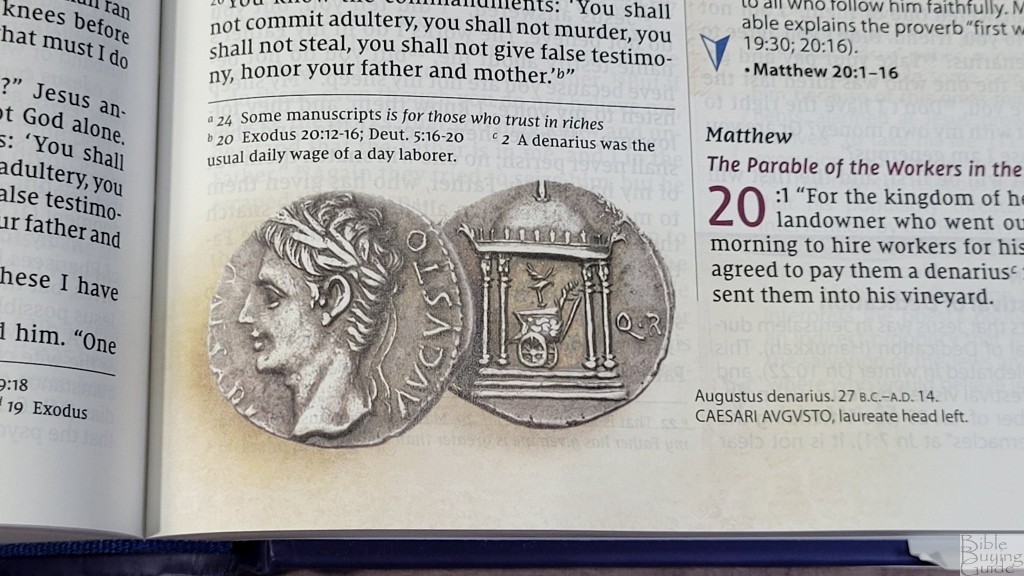
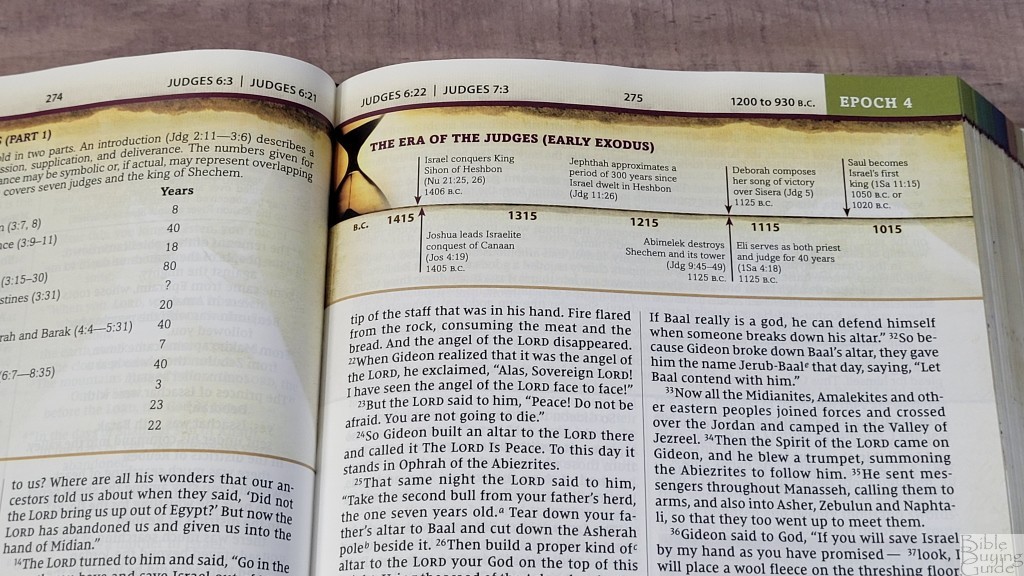
Charts, Panels, and Maps – content includes charts, maps, photos, paintings, timelines, etc. There are lots of them throughout the Bible- almost on every page.
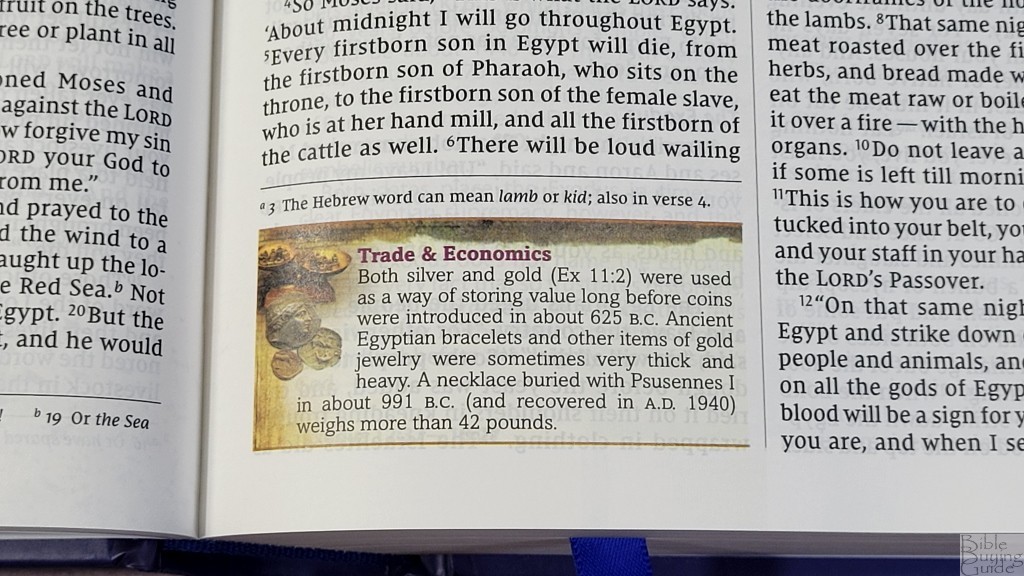
Notes – content includes insights into the history, backgrounds, daily life, etc. They do include some theology. Most pages have them.
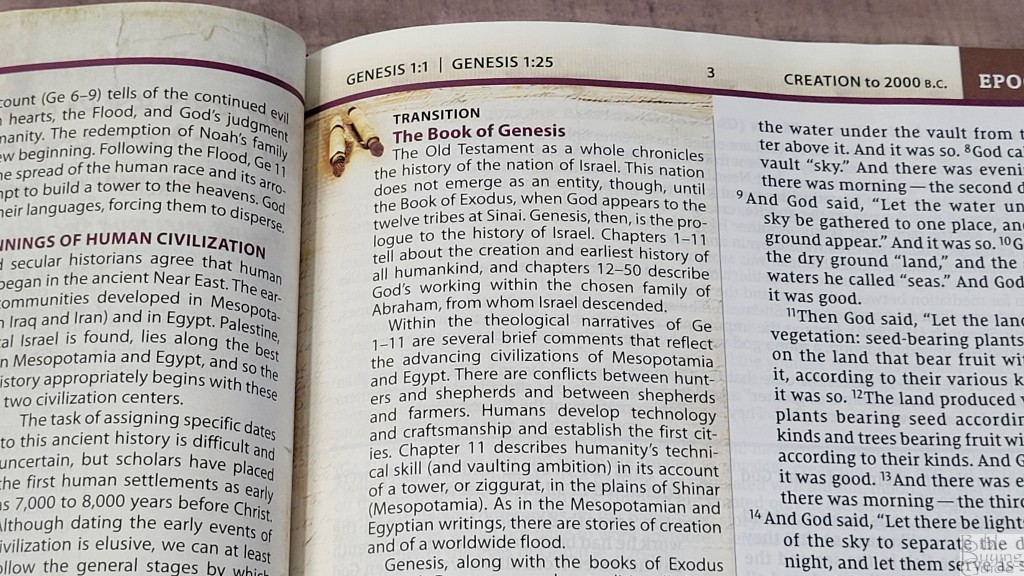
Transition – these are comments placed within a box that sets up what’s coming next. They cover how the chronology works between passages. They work as book and passage introductions. They give a list of the passages that are next.
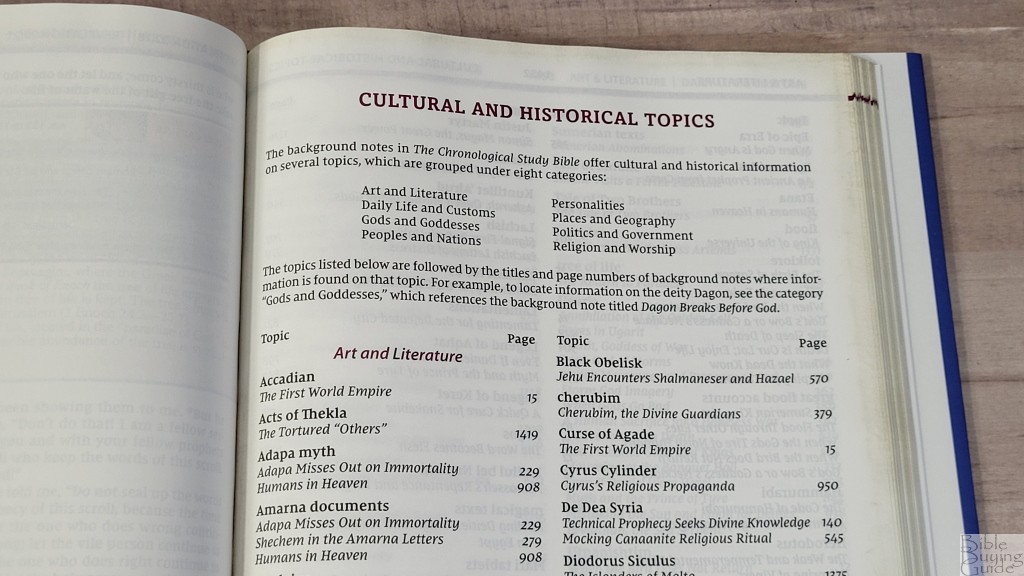
Cultural and Historical Topics – this is an index to the notes on 8 categories. Each category includes lots of sub-topics.
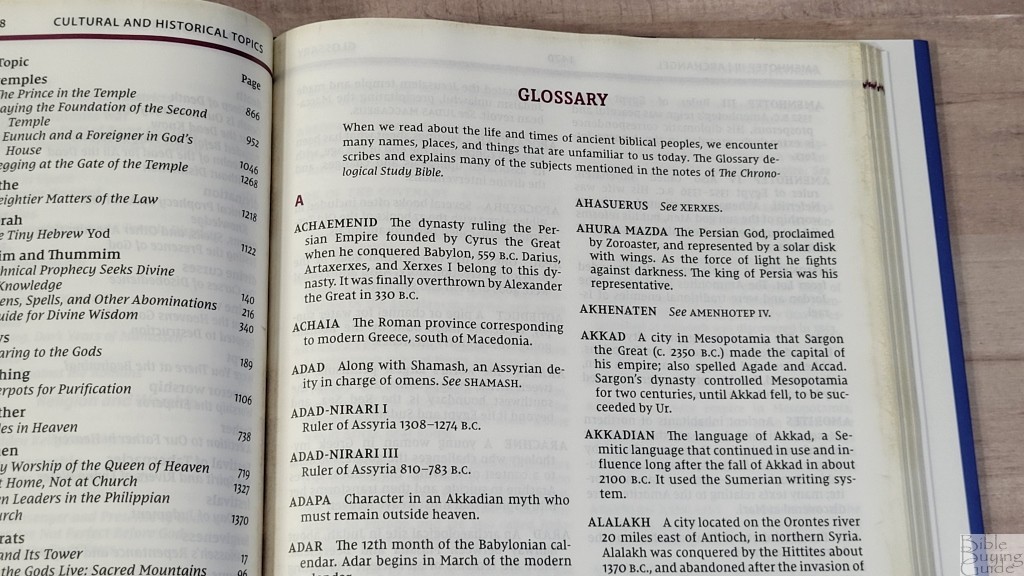
Glossary – this explains the subjects mentioned in the notes.
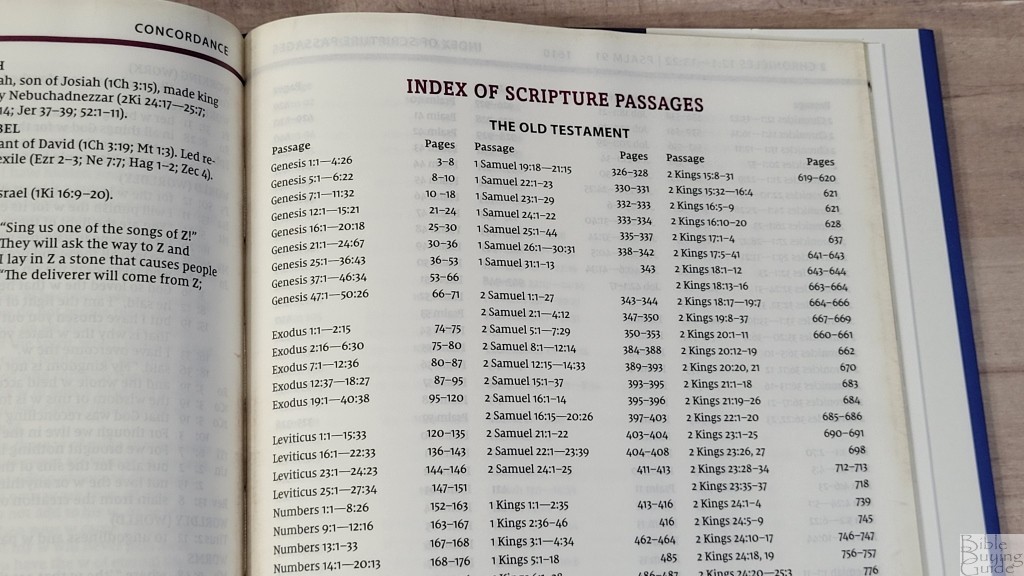
Index of Scripture Passages – this index lists each passage of the Bible and shows the page number of where it’s located.
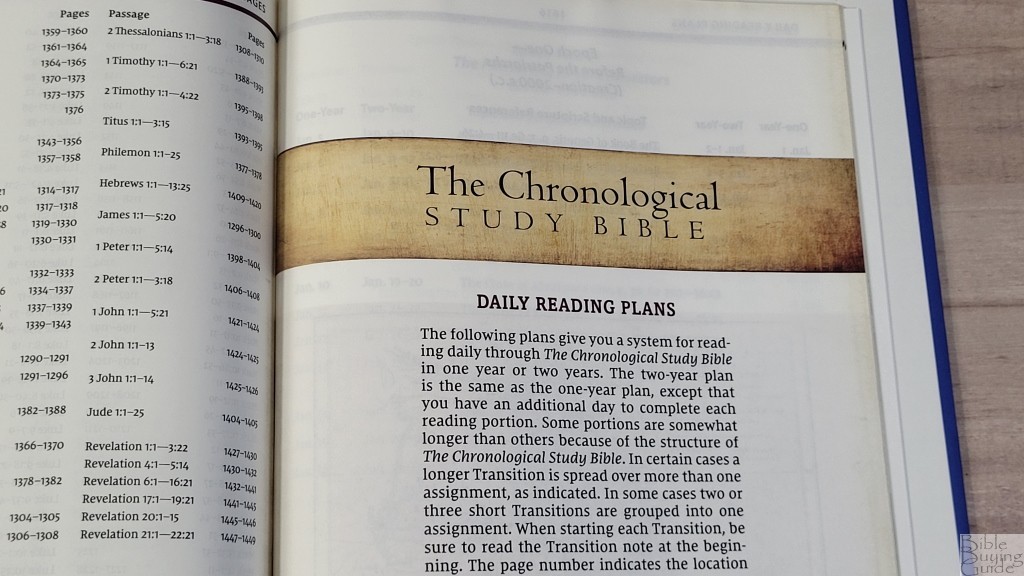
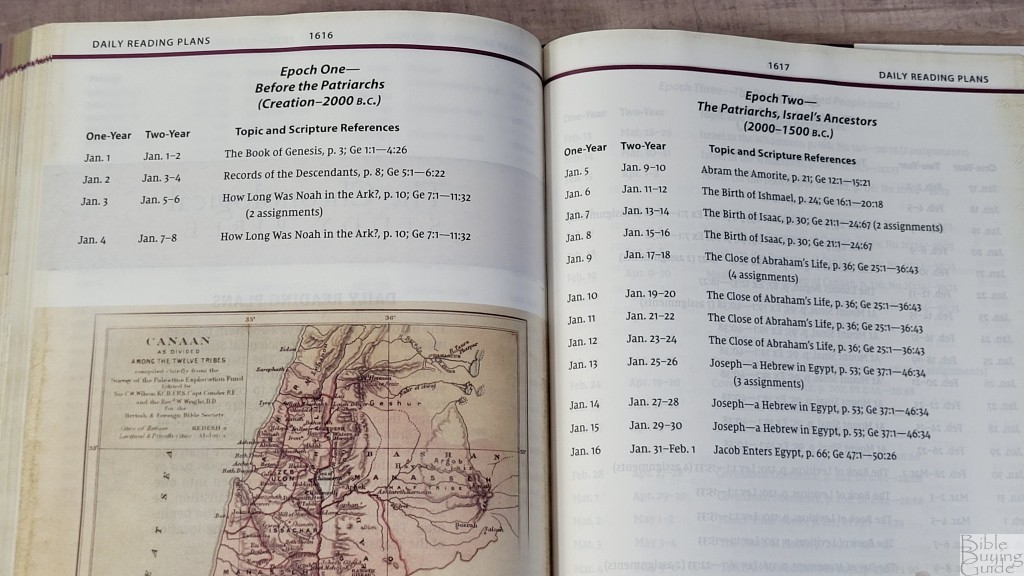
Daily Reading Plans – these are one and two-year reading plans that provide a reading for each of the epochs. It includes the epoch, the dates, and the topic with Scripture references. It prints the date along with the reading. Both the 1-year and 2-year plans have the same readings. The 2-year plan just prints two dates next to the one-day date and lets you divide the reading for yourself.
Concordance
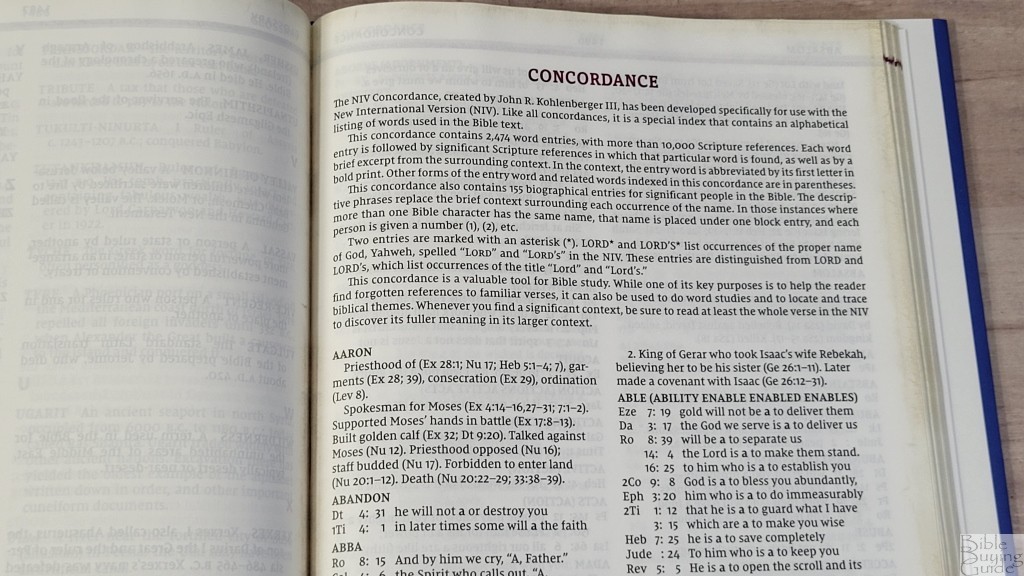
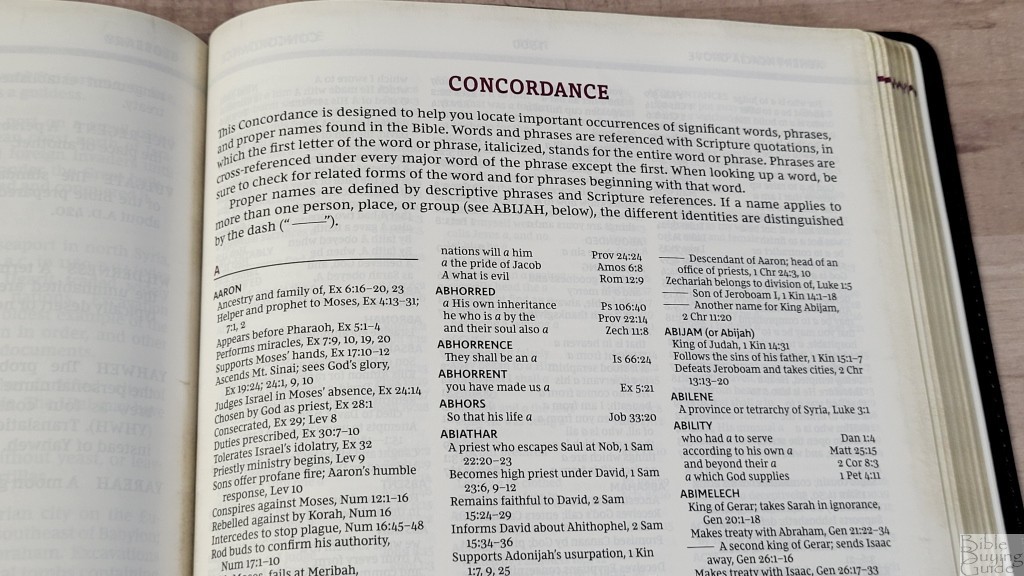
Both translations have their own concordances. They’re close to 200 pages with 3 columns per page and have a lot of entries and references. They include people and places. These are great for personal study, class prep, and sermon prep.
Maps
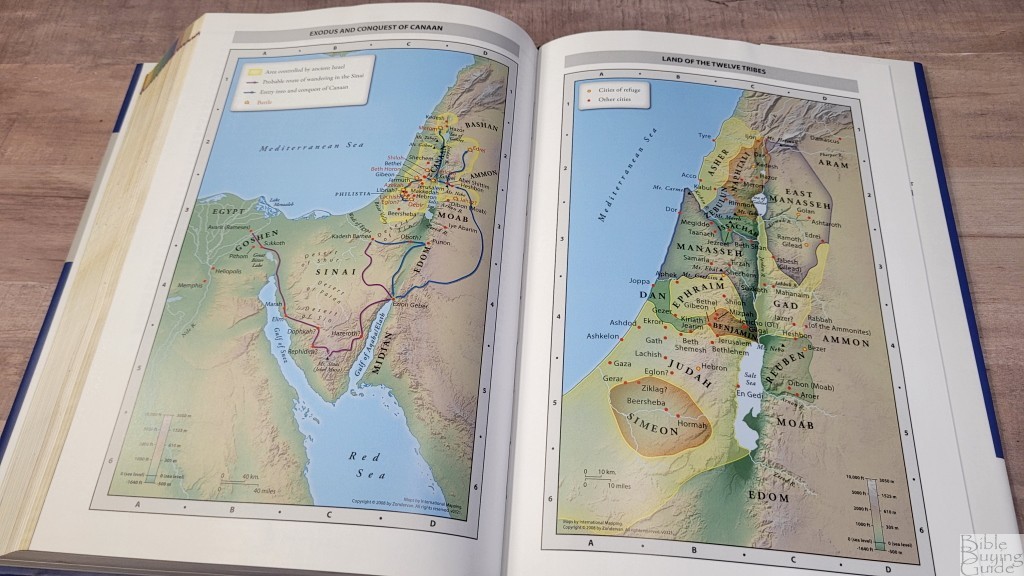

Both translations use the same 8 pages of maps that are found in most Thomas Nelson reference editions. Most of their study Bibles have even more maps with an index. I’d like to see the full set of maps included. They’re printed on thick semi-glossy pages in full-color earth tones. They include topography, distance, routes, borders, possible locations of lost places, battles, elevation, cities, and locations for the events of Jesus’ ministry. It doesn’t include an index. The maps are annotated well, making them easy enough to use even without the index.
Maps include:
- World of the Patriarchs
- Exodus and Conquest of Canaan
- Land of the Twelve Tribes
- Kingdom of David and Solomon
- Jesus’ Ministry
- Paul’s Missionary Journeys
- Jerusalem in the Time of Jesus
Conclusion
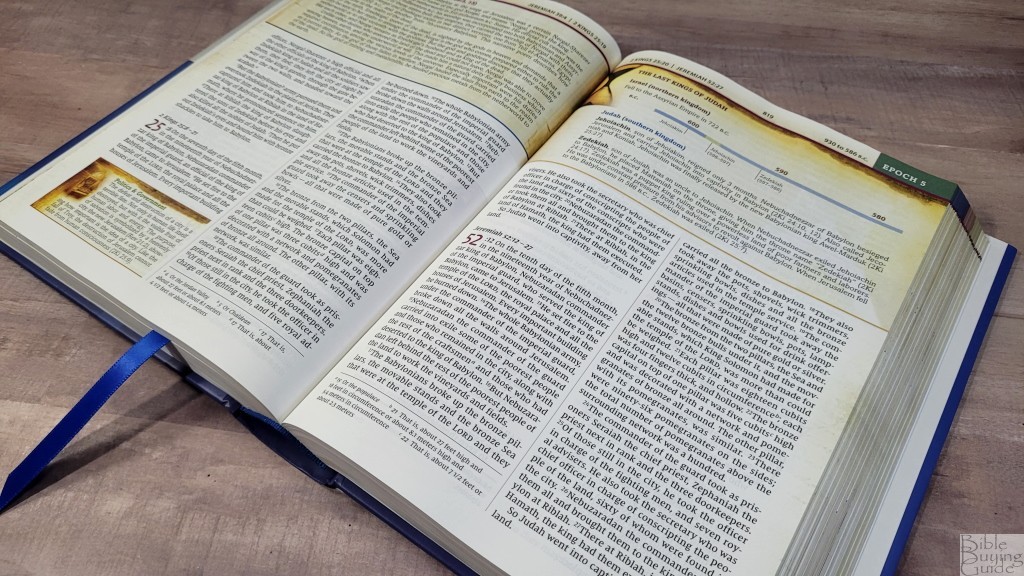
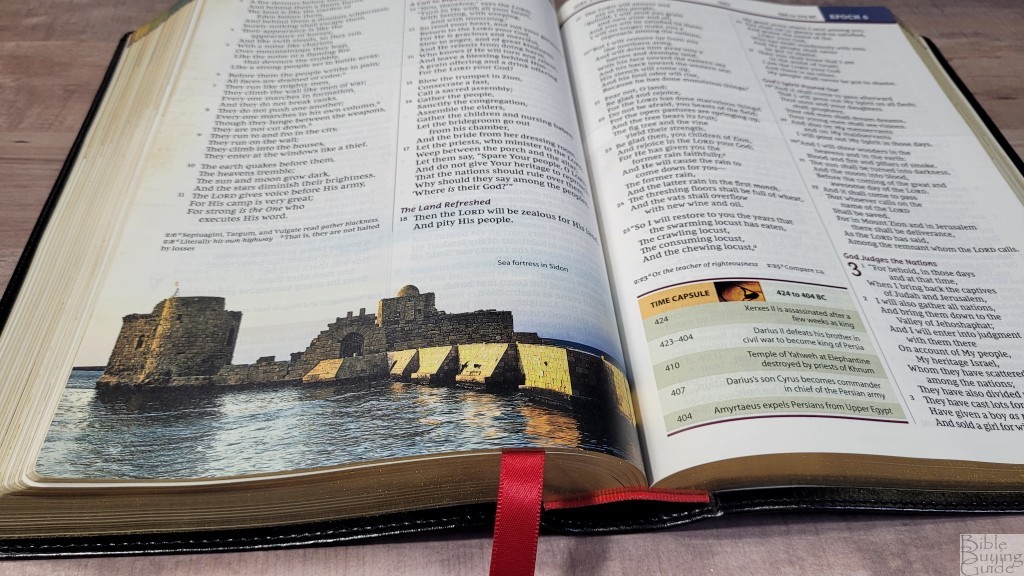
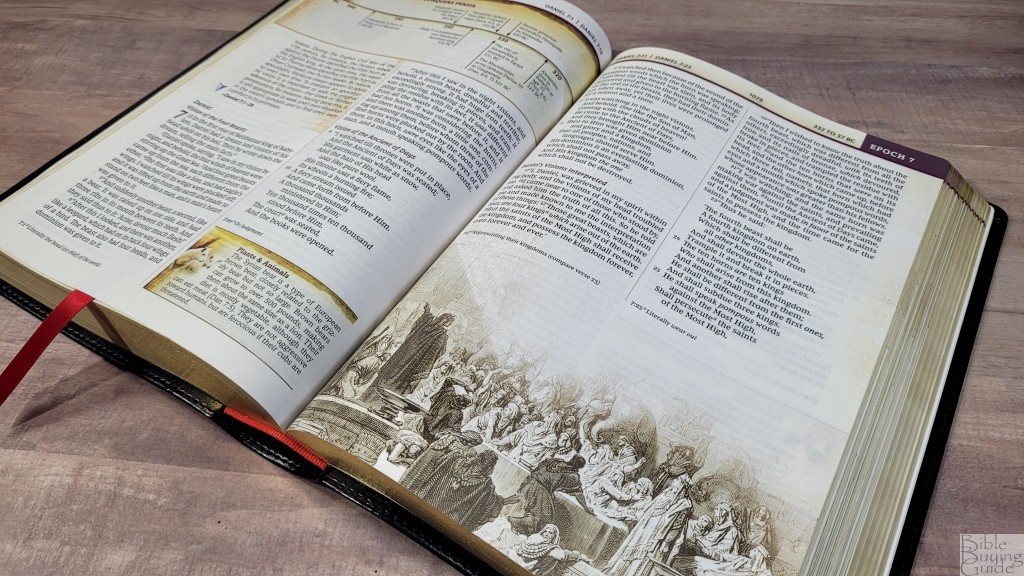
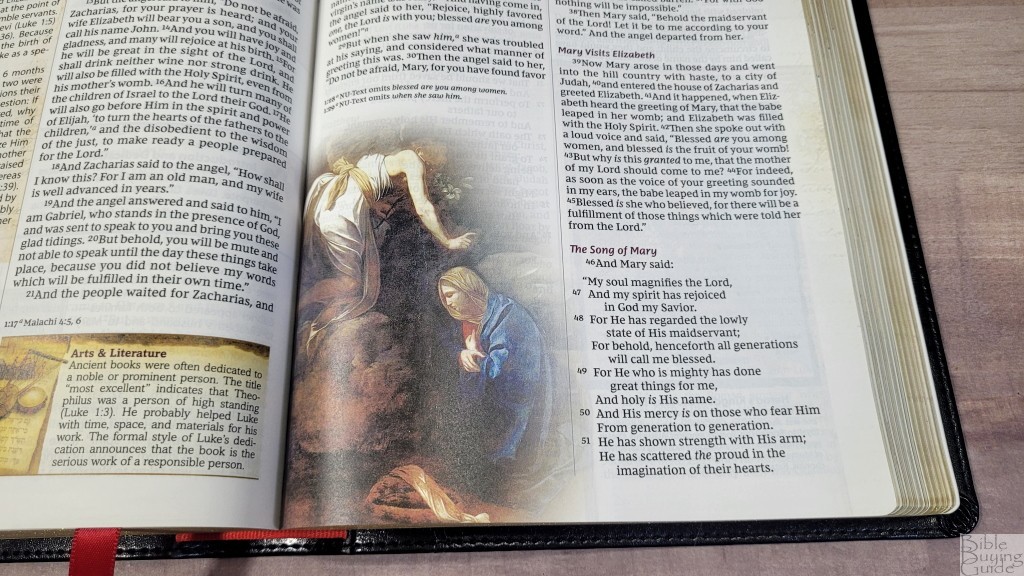
Thomas Nelson’s Chronological Study Bible is one of the most interesting study Bibles available. The paper is excellent and it works great with the color printed on every page. The visuals are stunning. It’s good to see that it’s available in multiple translations. The text is presented chronologically, but it doesn’t seem to be highly detailed. I still think it’s worthy of study for anyone interested in studying the Bible based on a chronological timeline.
_________________________________________________________
This Bible is available at (includes some affiliate links)
Amazon
–
Christianbook –
and many local Bible bookstores
_________________________________________________________
Thomas Nelson provided these Bibles in exchange for an honest review. I was not required to give a positive review, only an honest one. All opinions are my own.


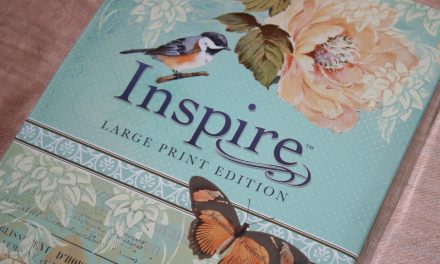
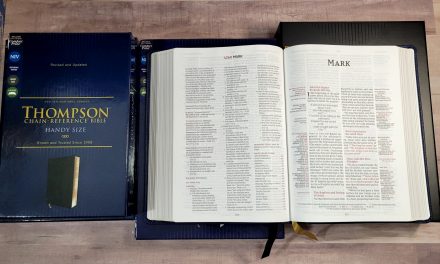
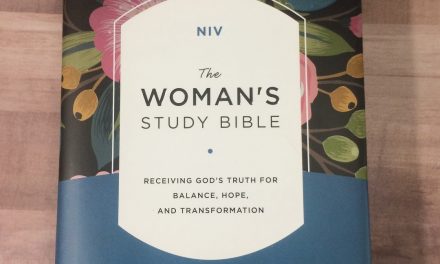






When you say it is presented chronologically, can you give a sense of what that actually means in terms of the presentation of chapters? Will, say, individual chapters of Chronicles be interspersed with the chronologically appropriate chapters from the corresponding prophets and Psalms, etc.? Or is it done at a very high level, where it doesn’t cut up individual chapters from books and place them beside chapters from totally different books? Most “chronological” reading guides I have seen are very high level, at the level of books, with very little attempt to granularly divide it up chapter by chapter from different books.
Hi Daniel. It’s on the passage level, so it does break up chapters. They do keep chapters together as much as possible. The main complaint would be Job. It’s placed later than most believe it should be.
Thank you, Randy. Apologies for the delay in acknowledging your kind response.
Are the words of Jesus printed in red?